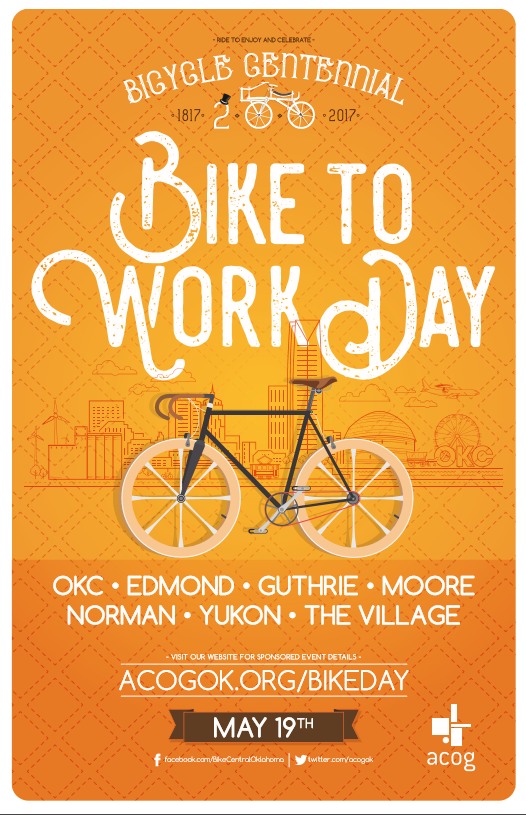The Early Day of the Bicycle
The birth of the bicycle began with a bang. In April 1815, Mount Tambora erupted in present-day Indonesia. The volcano coughed clouds of ash and aerosols directly into the atmosphere, blocking out the sun. While the ash fell on local villages, collapsing homes and killing thousands, the lighter particles were able to travel much further around the globe. As a result, Earth’s average temperature dropped three degrees Celsius in the following months. 1816 became known as the ‘Year Without a Summer’ to North Americans and Europeans. Snow fell that summer in New England and Europe saw many cold, rainy days.
This unseasonably cold summer greatly affected agriculture. Many of the season’s crops failed and, as a result, prices climbed. Among these crops were the oats, a popular feed for horses. At the time, horses were the main source of transportation, so as the price of oats climbed, so too did the cost to own horses, and thus of transportation. This inspired German inventor Karl Drais to look for other ways to quickly move people around without horsepower.
Velocipede
In 1817, Drais unveiled his Laufmaschine, German for “running machine.” In English, the first bike was called the velocipede, Draisine, and dandy horse. This wooden bike had no pedals, and instead was pushed along by the rider’s feet, much in the same way children may learn to ride on a balance bike today. Riders sat on a saddle in the center of the machine and steered the front wheel by means of a relatively rigid set of handlebars. However, the Draisine was difficult to ride on the unpaved roads, so people typically rode them on the sidewalk with other pedestrians.
Penny Farthing
After the following bountiful harvest later that year, the fad began to fade, especially after velocipedes were banned from traveling along the sidewalks. While bicycles continued to evolve from the Draisine – from the ‘Bone Shaker’ in the 1860s to the Penny Farthing in the 1870s – they were still limited to enthusiasts. However, by the end of the century, the fad saw a resurgence in interest. In the late 1880s, the Rover safety bicycle was invented. As opposed to some previous models such as the penny farthing, the safety bicycle was the first bike to have two wheels of roughly the same size. It was designed by J. K. Starley in England and became a universal model of this mode of transport.
Bicycle Commuting in the Heartland
Fast forward to the present day where the bicycle is seeing another resurgence in popularity. According to the National Household Travel Survey, the number of trips made by bicycle in the U.S. more than doubled between 2001 and 2009. When people think of commuting cyclists, they typically may think of those living in places such as Portland, Oregon or New York City or Davis, California. However, even out here in the Heartland, the number of people riding bikes to work or for recreation is steadily growing.
According to 2011-2015 American Community Survey data, there are a total of over 1.7 million people aged 16 and over commuting to work in the state of Oklahoma. While a majority drive, more than 4,000 people ride their bike to get to work. And while this is a very minute percentage of commuters, this statistic is up by about 500 from the previous set of 5-year estimates (2006-2010).
Few Commuting Bike Riders in Central Oklahoma
There is no ignoring the fact that there are so few regular commuting bike riders in Central Oklahoma. But why is that number so low? Many in Central Oklahoma have expressed interest in riding a bike via ACOG’s Encompass 2040 survey. Why don’t they? In a few weeks, we will discuss tips on how to commute by bike and the challenges potential riders face, but for now think about the question. What do you think prevents Oklahomans from riding their bikes to work or school? Do you have personal stories you wish to share? Share them with us on Facebook!
Bike To Work Day
Click here to learn more about the 2017 Bike To Work Day in Central Oklahoma. Check out designated routes and rides across Central Oklahoma including Oklahoma City, Edmond, Guthrie, Moore, Norman, The Village and Yukon.
Sources
http://news.nationalpost.com/life/travel/the-bicycle-is-turning-200-next-year-and-theres-no-better-place-to-celebrate-than-in-stuttgart
https://scied.ucar.edu/shortcontent/mount-tambora-and-year-without-summer
http://www.ibike.org/library/history-timeline.htm
http://www.makingthemodernworld.org.uk/icons_of_invention/technology/1880-1939/IC.025/
http://bikeleague.org/commutingdata

